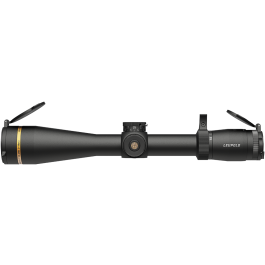Bronze Lifetime
- Messages
- 11,337
- Reactions
- 25,981
No, it's finding the limit of travel for the erector lens carrier. It's a hard stop. The measurements are the X (windage) and Y (elevation) of the erector. You have that full range of movement. Otherwise, shooters would drive the carriage into the side of the tube externally and cause internal misalignment.isnt that finding a limit in travel?












